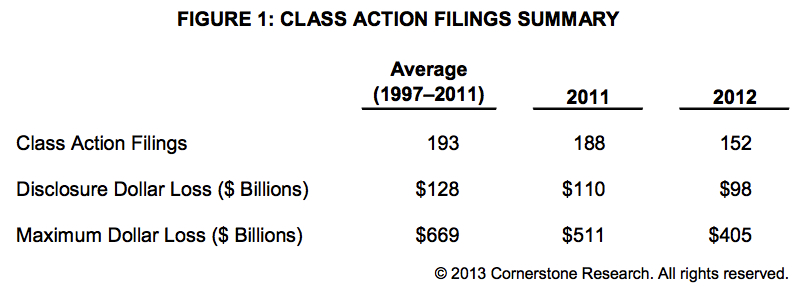Posted by Brian Breheny, Skadden, Arps, Slate, Meagher & Flom LLP, on
Thursday, February 21, 2013
Brian V. Breheny is a partner at Skadden, Arps, Slate, Meagher & Flom LLP. This post is based on an Eight Law Firm Consensus Report by Gibson, Dunn & Crutcher LLP; Hogan Lovells US LLP; Latham & Watkins LLP; Mayer Brown LLP; Morrison & Foerster LLP; O’Melveny & Myers LLP; Skadden, Arps, Slate, Meagher & Flom LLP; and Weil, Gotshal & Manges LLP.
Starting in February 2013, the Iran Threat Reduction and Syria Human Rights Act (the “Threat Reduction Act”) will impose new reporting requirements on U.S. domestic and foreign companies that are required to file reports with the U.S. Securities and Exchange Commission (the “SEC”) pursuant to Section 13(a) of the Securities Exchange Act of 1934 (the “Exchange Act”). In particular, Section 219 of the Threat Reduction Act added new Section 13(r) to the Exchange Act. Under Section 13(r), Annual Reports on Form 10-K, Annual Reports on Form 20-F and Quarterly Reports on Form 10-Q filed pursuant to Exchange Act Section 13(a) must include disclosure of contracts, transactions and “dealings” with Iranian and other entities. Section 13(r) is effective beginning with reports with a due date after February 6, 2013.
The Staff of the Division of Corporation Finance of the SEC (the “SEC Staff”) has provided helpful guidance on implementation of these new requirements in Exchange Act Compliance and Disclosure Interpretations Questions 147.01-147.07 (available at http://www.sec.gov/divisions/corpfin/guidance/exchangeactsections-interps.htm). However, many questions remain, and the following questions and answers represent the consensus views of the undersigned law firms.
None of the firms subscribing to this report intends thereby to give legal advice to any person. The undersigned firms recommend that counsel be consulted with respect to matters addressed in this report. The answers below may need to be modified based upon unique facts and circumstances.
READ MORE »
